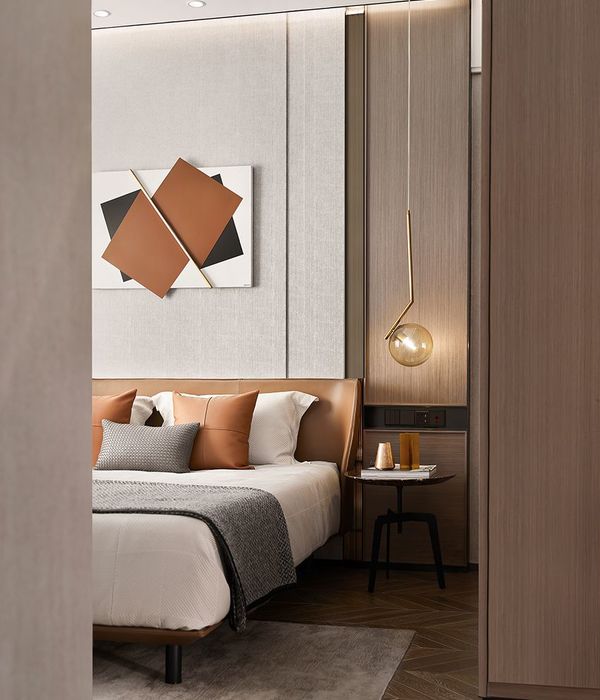Architects:Wheeler Kearns Architects
Area :6000 ft²
Year :2017
Photographs :Steve Hall, Hall + Merrick Photographers
Manufacturers : Lutron, Pilkington, DuPont, Elkay, Firestone Building Products, Interface, Robbins Sports Surfaces, Sherwin-Williams, Sloan Valve Company, Wilsonart, ASI Storage Solutions, American Standard, Armstrong Ceilings, Beacon Athletics, Benjamin Moore, Daltile, Duraflex, FieldTurf, Formica, GT Grandstand, +12Guilford of Maine, Harlequin Allegro, Husseyseating, Interstate Brick, Mannington, Martlie FRP, PITTCO, PSS Performance Sports Systems, Reynobond, Scott Laboratory Solutions, Thyssen-Krupp, WASCO Skylights-12Lutron
Lead Architects :Chris-Annmarie Spencer, Larry Kearns, Tom Bader
Landscape Architect :Site Design Group
General Contractor :Bulley & Andrews
Civil :Terra Engineering
Structural Engineer :Thornton Tomasetti
Acoustical Consultant :Threshold Acoustics
MEP Engineer :Primera Engineers
Traffic Engineer :Terra Engineering
Civil & Traffic Engineer : TERRA Engineering
Kitchen Design : Edge Associates
Av/Security Design : Smith Seckman Reid, Inc.
Drone Photography : Soaring Badger and Bulley & Andrews
AV : Smith Seckman Reid Inc.
Security Design : Smith Seckman Reid, Inc.
City : Chicago
Country : United States
With the Mansueto High School, Noble Network of Charter Schools has transformed 5.5 acres of industrial brownfield in Chicago’s largest “park desert” into a place of great opportunity for its students (comprising 98% minority and over 91% low-income.) The school’s mission starts with creating a culture for students where the only option is a success, both short and long-term. The design of the school supports this goal, organized around a central green space that emulates a college quadrangle and allows high-schoolers to envision a college future.
The 67,000-sq-ft two-story structure, with a dark brick exterior and a light, gray metal panel interior, wraps almost completely around a landscaped courtyard. The use of masonry anchors the building’s identity, replicating the historical context of the site, providing a sense of protection, and shielding interior functions from the traffic noise created along the busy industrial thoroughfare.
As students enter campus through a cluster of trees they leave behind the noise and hustle of 47th Street, for a calm and quiet environment. Classrooms are airy, with high ceilings, exposed mechanicals, and plentiful natural light; skylights in the gymnasium amplify this effect. Multiple state-of-the-art science labs have floor-to-ceiling glass windows looking out onto the courtyard—which also serves as another teaching environment. Classrooms along with the outer perimeter benefit from the brick structure that absorbs and diffuses sound, creating effective learning spaces. Mansueto’s athletic facilities include a large gym with a regulation-sized basketball and volleyball court. Movable dividers provide an option to use half of the space for lunch or assemblies, even as gym classes continue in the other half.
On the east side of the campus, a full-size soccer field is bordered by a walking track. Full-height masonry wraps the building partially on the north, and completely on the west, south, and east, entering the courtyard only at the gymnasium volume where it engages the light gray metal panels with a band of clearstory windows. The school’s leopard mascot spans across the gymnasium’s outer masonry façade. Splashes of color peek through the brick envelope to highlight the punched window openings, playfully organized on each façade. Environmentally progressive materials and design features are apparent throughout the LEED Certified building and landscaping.
High-performance skylights and windows diffuse daylight into classrooms and provide views to the courtyard and across the building. All spaces (excluding the gymnasium) are mechanically heated and cooled using a variable refrigerant flow (VRF) system which is extremely energy efficient, leading to energy savings and reduced operations costs. This is one of the first schools in Chicago to employ this mechanical system.
A rainwater harvesting system from the southern roof provides passive irrigation for the campus, with additional stormwater detention under the soccer field and south parking lot. Rather than diverting existing concrete pavement on-site to landfill, it was reused on-site as backfill under-slab sub-grade and landscape berms. The asphalt pavement was manufactured with the highest percentage of recycled content allowed by the Illinois Department of Transportation.
▼项目更多图片
{{item.text_origin}}












